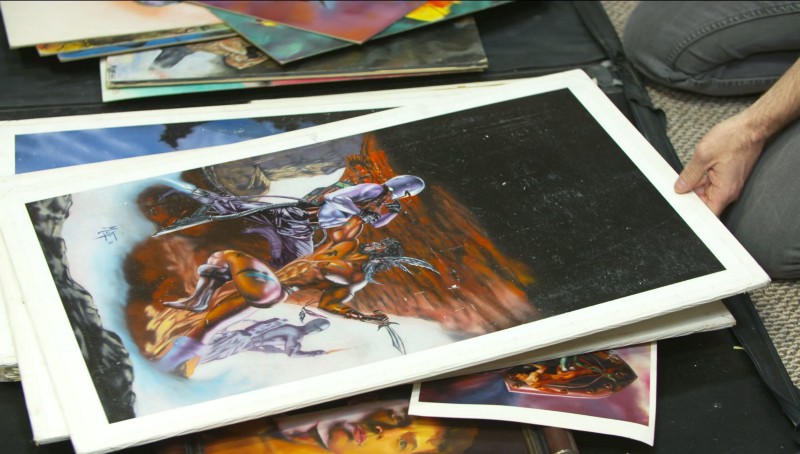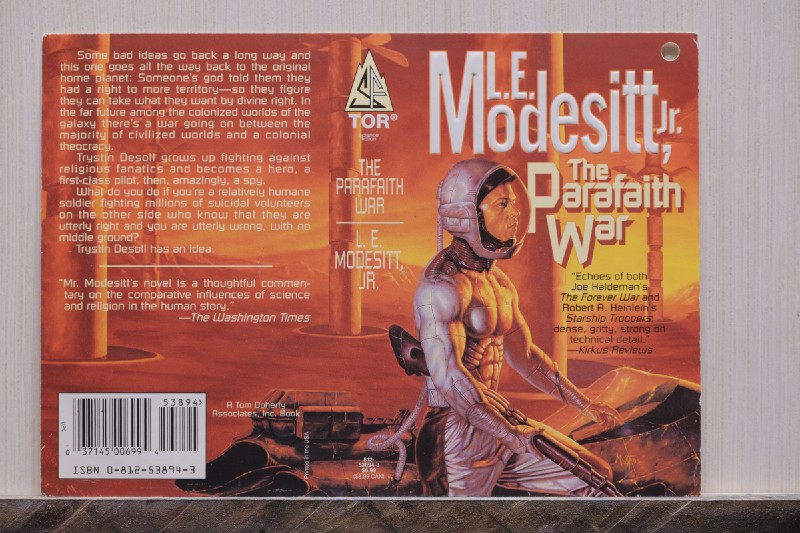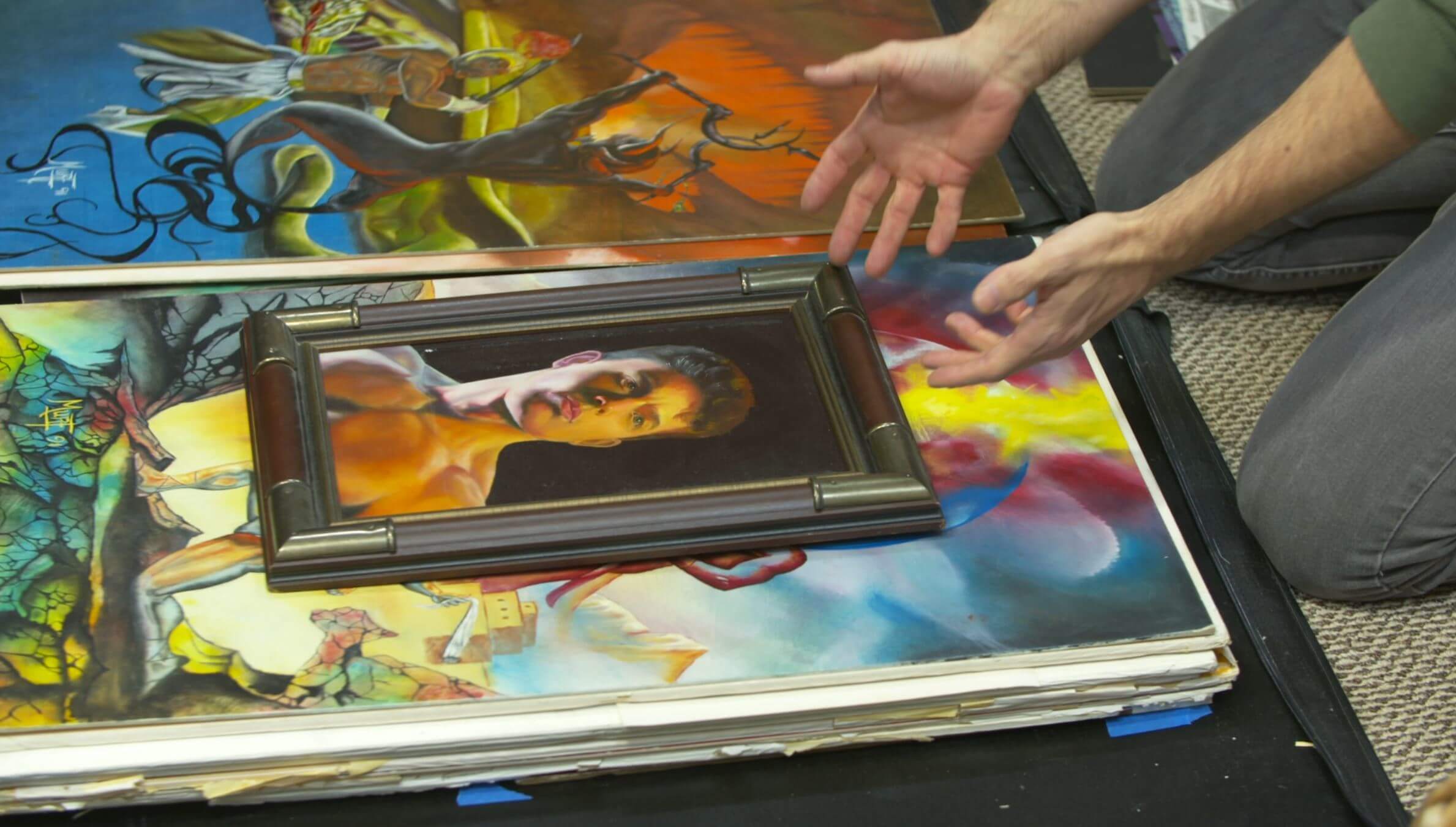-Kevin Murphy
In the digital age, does realistic art still have a relevant and relatable place in the art world? What is the importance of realism art even?
This question and others like it are often posed to artists who still paint classical portraits. Many critics wonder why in the 21st century a camera wouldn’t be used instead of carefully creating a realistic painting.
Absolute detail and truthful representation are what make up the foundations of realism. However, realism is not bound to those confines, and arguably realism is the jumping-off point for all types of art.
Realism offers artists a starting point from which they can launch themselves into an infinite number of artistic styles. When you understand how to faithfully render what is in front of you in a way that expresses the reality of those objects, you can begin to bend and shift the realities into something more abstract.
The Difference Between Photos and Realistic Paintings

Daniel Folta working on a realistic painting. See more of his paintings here.
A realistic painting is a reaction of a human being to visual stimulation. A photograph is something very different. Photographs are two-dimensional and vary depending on the quality of the camera. If a digital photograph is printed its degraded even further.
Photographs are limited to the subject matter in the photo. When you create a painting you have the ability to augment, adjust, and repair — this is what they call artist license. The painter’s job is to create a better painting than reality.
Understanding realism and how to paint realistically allows you to improve upon reality if need be.

Abstract and imaginative paintings require a solid foundation in realism. (Credit: Evolve founder Kevin Murphy)
Abstract Art Requires Realism
There is a reason that realism and art education go hand in hand. To the best of my knowledge, I don’t believe it’s possible to learn art without learning realism. But, this doesn’t mean that you need to solely use realism later on.
As an example, if you want to create something completely abstract you’re going to have an idea in your head of what you want.
Let’s say you’re making a painting. That idea is going to be made up of the components. All paintings are comprised of three moving parts: you have value, color, and edge.
Even if you’re making an abstract piece of art, those three components exist. You have to know how to manipulate them in order to get out of your head what you want on the canvas.

Illustrative book cover by Kevin Murphy
Realistic Art Is About Intent
In learning realistic art, students begin to understand that art requires intent. Anybody can throw paint at a canvas but the result is random. The artist that throws paint at a canvas just takes what they get and there is no quality control concerning the artist’s intent.
It’s just luck. There’s no skill of any kind, and it’s not reproducible in any way, shape, or form.
If you’re going to create art, doesn’t it make sense that you would want to be able to create the art that you intend? Not to have it be some random result of gravity?
You want your work to be based on your intent. And so in order to make art (whether it’s hyper-realism or even at the far end of the spectrum, full-blown abstraction), you have to have intent.
Now, you can have all the intent in the world but you will also need the critical skills to follow through on that intent. If your goal is to create abstract art, you still have to master other critical skills.
This means that you know what you want to produce and then you have to have the skills and the understanding of the components in order to bring that thing to realization in the real world - the importance of realism art.

A realistic self portrait by Kevin Murphy.
The Importance of Realism Art: It is a Starting Point
There are an incredible number of abstract artists who are educated in realism. They understand the components of making art. The way that you know is that their work is consistent from painting the painting.
It's abstract but it's beautiful.
They control color and temperature and understand exactly what they're doing. They learned that through realistic painting, and then they applied that understanding to the abstract.
Realism is still relevant and still the backbone for quality art education. The importance of realism art is evident. If you understand and can masterfully replicate reality, then you can have true control over abstraction or any other visual representation in art.
Realism offers students a starting point from which they can launch themselves into an infinite number of artistic styles.
FREE MASTERCLASS:
The 4 Part Framework to Develop Artistic Excellence in 12 Months
